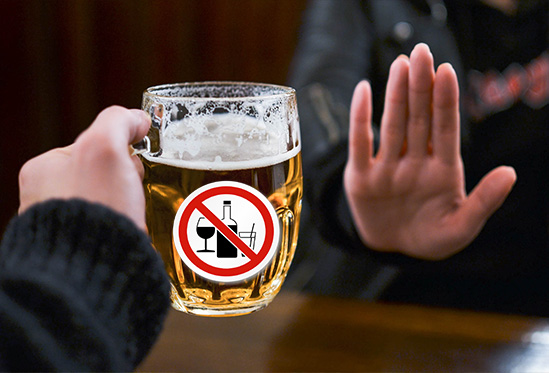
Alcohol is a toxic and psychoactive substance with dependence producing properties. In many of today’s societies, alcoholic beverages are a routine part of the social landscape for many in the population. This is particularly true for those in social environments with high visibility and societal influence, nationally and internationally, where alcohol frequently accompanies socializing. In this context, it is easy to overlook or discount the health and social damage caused or contributed to by drinking.. Alcohol consumption contributes to 3 million deaths each year globally as well as to the disabilities and poor health of millions of people. Overall, harmful use of alcohol is responsible for 5.1% of the global burden of disease. Harmful use of alcohol is accountable for 7.1% and 2.2% of the global burden of disease for males and females respectively. Alcohol is the leading risk factor for premature mortality and disability among those aged 15 to 49 years, accounting for 10 percent of all deaths in this age group. Disadvantaged and especially vulnerable populations have higher rates of alcohol-related death and hospitalization.
Risks
Alcohol as an intoxicant affects a wide range of structures and processes in the central nervous system and increases the risk for intentional and unintentional injuries and adverse social consequences. Alcohol has considerable toxic effects on the digestive- and cardiovascular systems. Alcoholic beverages are classified as carcinogenic by the International Agency for Research on Cancer and increase the risk of several cancer types. Alcohol as an immunosuppressant increases the risk of communicable diseases, including tuberculosis and HIV. Both the volume of lifetime alcohol use and a combination of context, frequency of alcohol consumption and amount consumed per occasion increase the risk of the wide range of health and social harms. The risks increase largely in a dose-dependent manner with the volume of alcohol consumed and with frequency of drinking, and exponentially with the amount consumed on a single occasion. Surrogate and illegally produced alcohols can bring an extra health risk from toxic contaminants. Since any alcohol use is associated with some short-term and long-term health risks, it is very difficult to define universally applicable population-based thresholds for low-risk drinking.
source : Who.int




